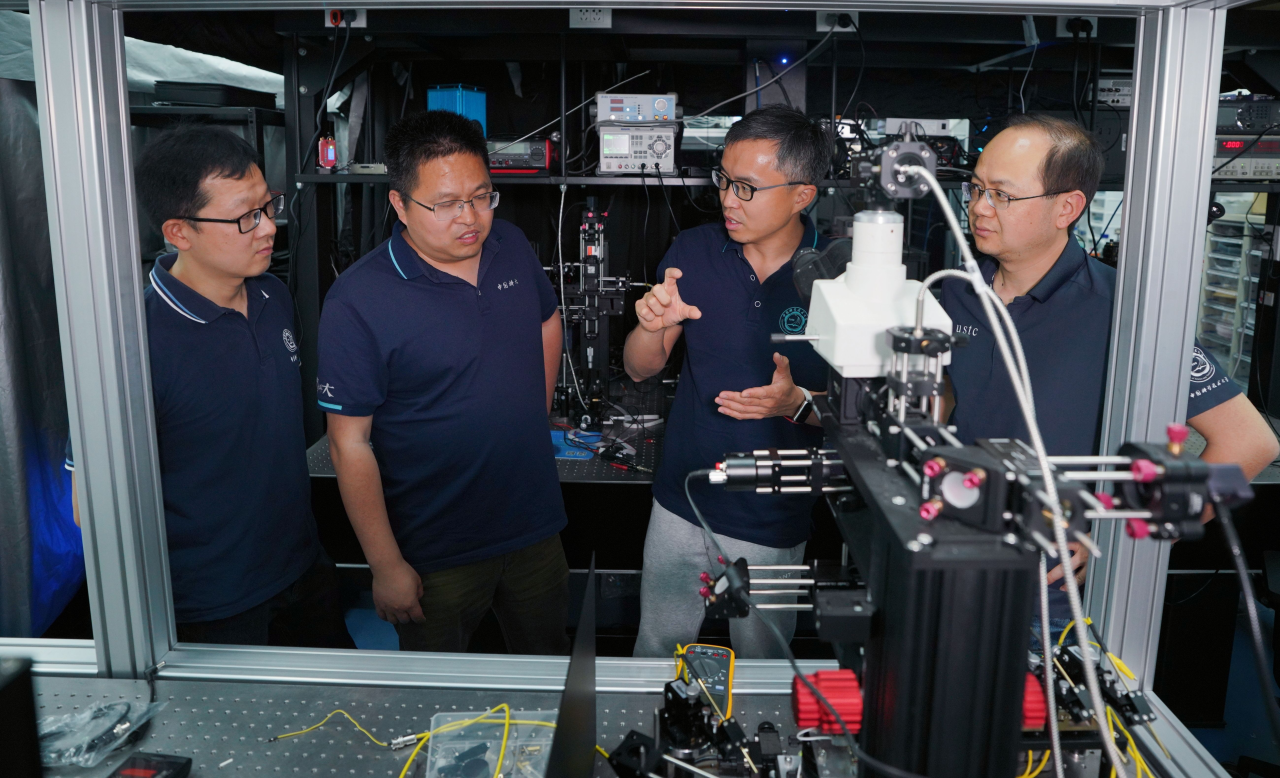西藏自治区科学技术奖揭晓,1人获杰出贡献奖
2025中国地球物理学会科学技术奖开始推荐和申...
35个人5团队,江西省创新争先奖拟表彰对象公示
45周岁以下,“赵九章优秀中青年科学奖”开始...
是什么让男性“患上”妇科病?
南昌大学拟撤销8个本科专业
- ·教育部、国家发改委联合启动实施教师教育能力...
- ·第六届“闵恩泽能源化工奖”揭晓
- ·他用博士生模式培养本科生,收获了什么
- ·“80后”计算机专家唐金辉已任南京林业大学副...
- ·四川省征集人工智能重大科技专项项目攻关需求
- ·188体育官网:第六届科苑名匠发布,6名个人和13个...
- ·今年“强基计划”有哪些新动向
- ·国考补录明起报名,计划招录2577人!
- ·大类招生,取消
- ·教育部迎来新司长!
- ·严纯华:稳住用好人才与引才纳才同等重要
- ·“20后”比“60后”更容易遭遇极端气候事件
- · 学完就训,他们大学四年“动手”没停
- ·基金委:41个杰青项目获首批延续资助,9个杰...
- ·广东省发布2个重点领域研发计划专项申报通知











































